Eileen Gray E—1027 House Visit
A visit to the French Riviera's E-1027, Corbusier's Le Cabanon, and Etoile de Mer...

Recently staying nearby in Marseille, we couldn't miss the opportunity to visit designer Eileen Gray's villa E-1027, beautifully tucked into the coastline of the French Riviera.
A veritable icon of modernist architecture, E-1027 is Gray’s first architectural creation, first envisaged as a refuge where she and her partner, architect Jean Badovici, could work in complete tranquillity...
The name of their holiday home was derived from the interlinking of their initials: E for Eileen, 10 for the J of Jean, 2 for the B of Badovici, 7 for the G of Gray. But under Jean’s influence, the idea evolved into a home where they could entertain their friends. Villa E-1027 is tantamount to a manifesto both for its architecture and for the fixed and free-standing furniture, lamps and decorations that are inseparable from it. Eileen spent three whole years designing the furniture and working on the plans. The Villa is small but for Eileen Gray everyone “must be able to remain free and independent” and store everything in a minimum amount of space. For this purpose, she designed elegant, functional and highly ingenious furniture.
Her design concern for order and storage manifests itself in methods she invented to create sub-spaces and mobile furniture, fixed or inbuilt, accompanying every activity, including the Transit lounger, the Bibendum armchair, the flying tables, the ’Marine d’abord’ rug, the Satellite circular wall mirror, and the famous circular chrome bedside: the E-1027 table.
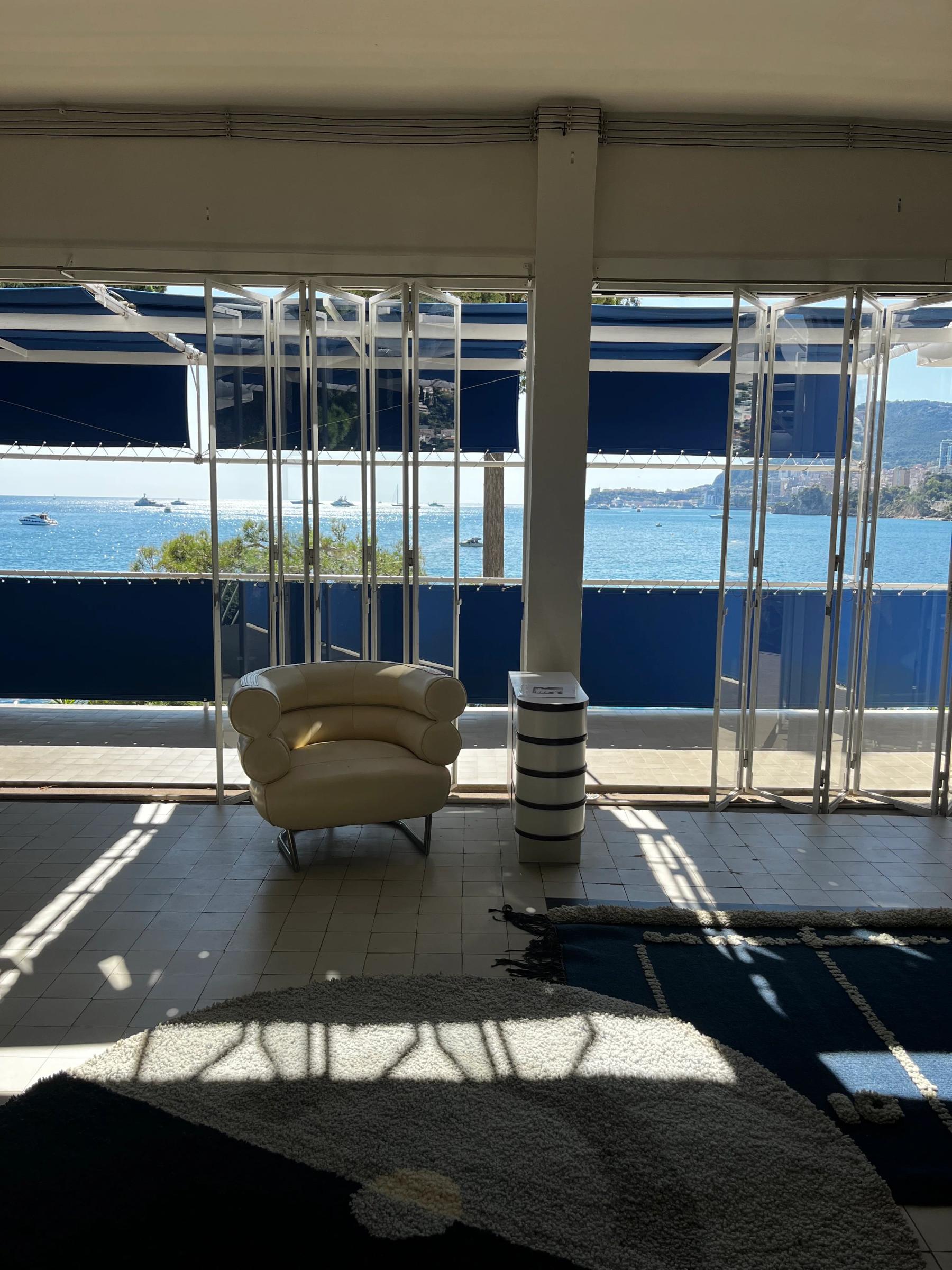
All villa views encourage a look out to sea.
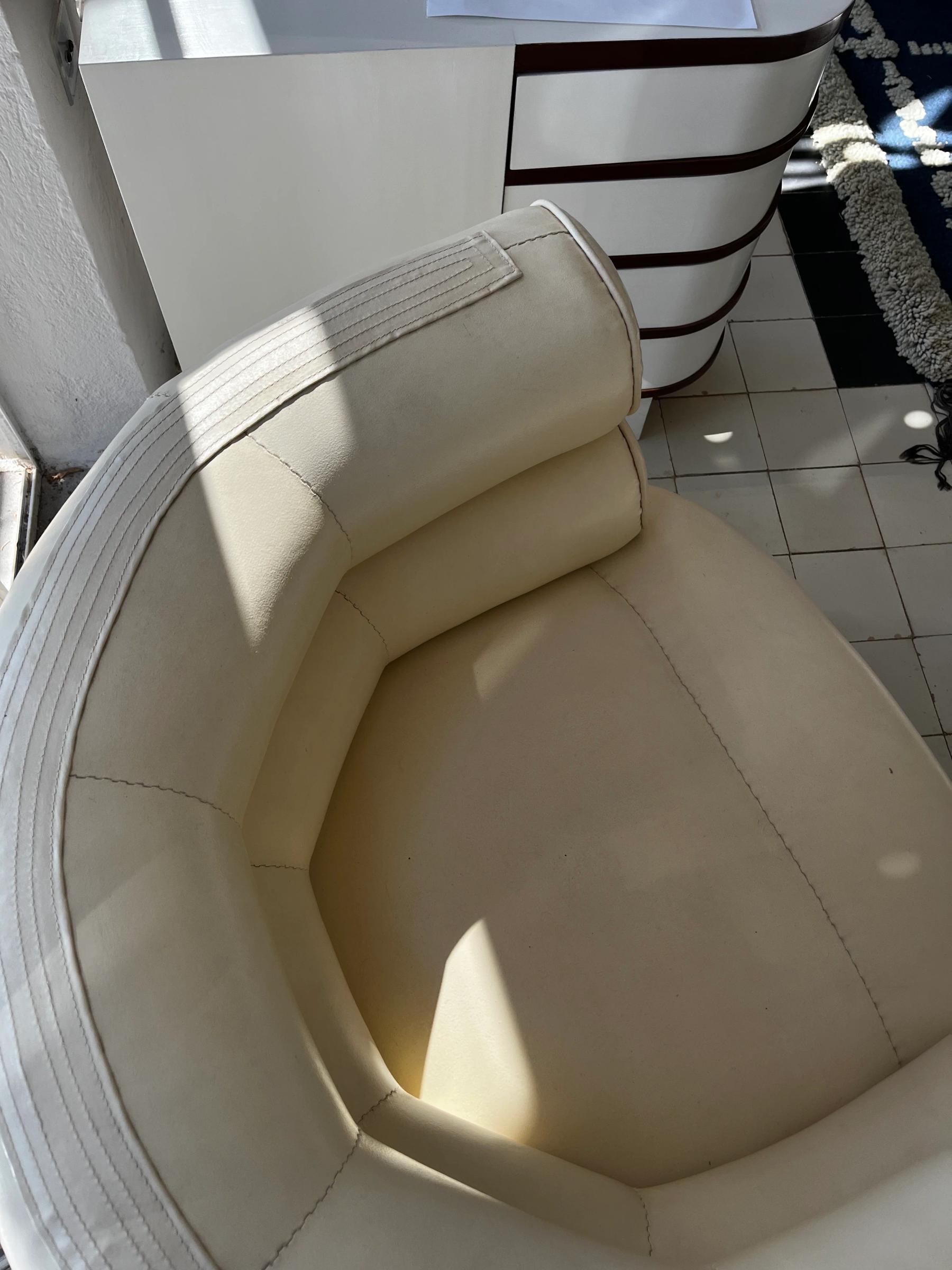

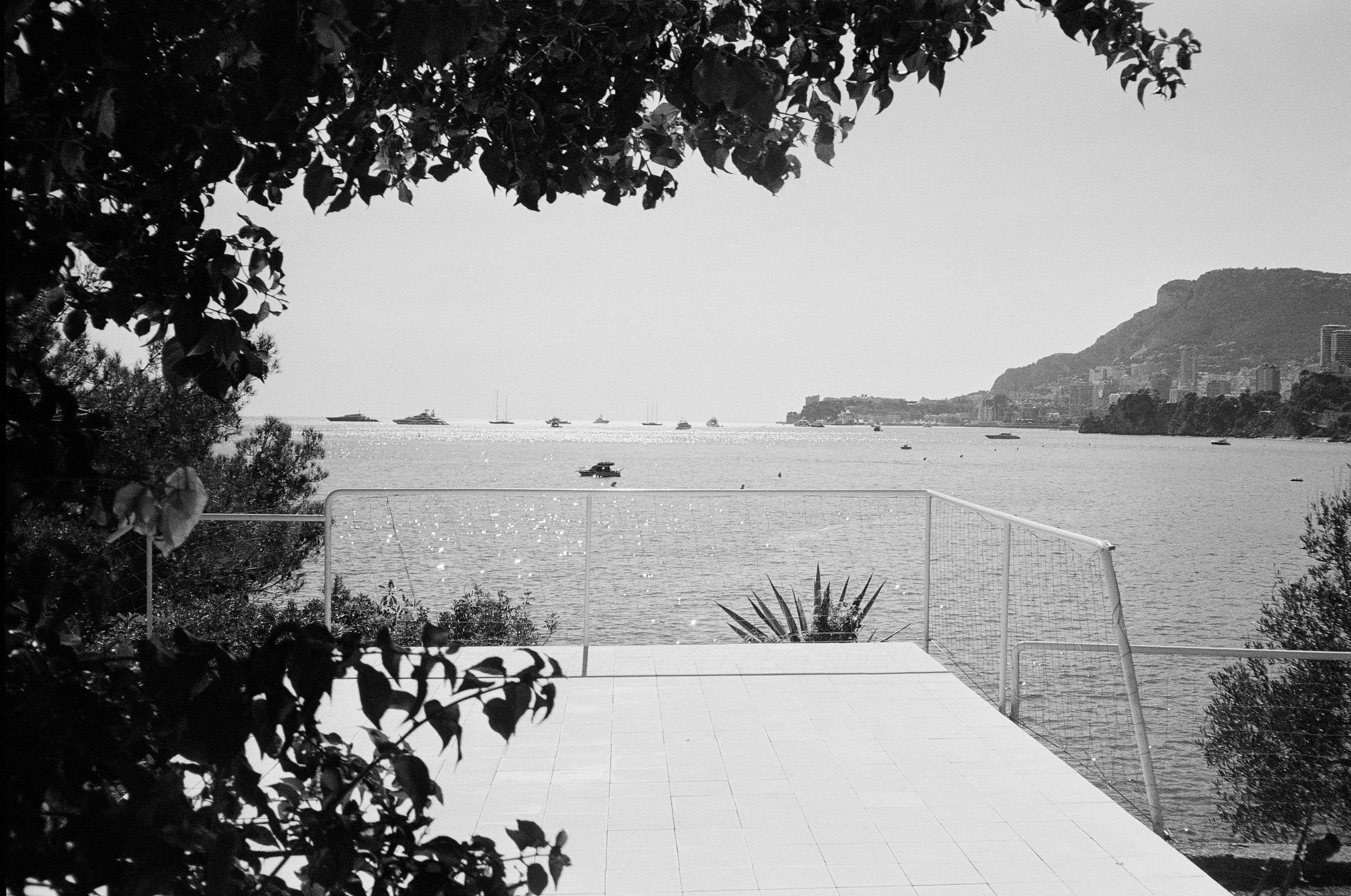
A look across the coastline from the balcony.
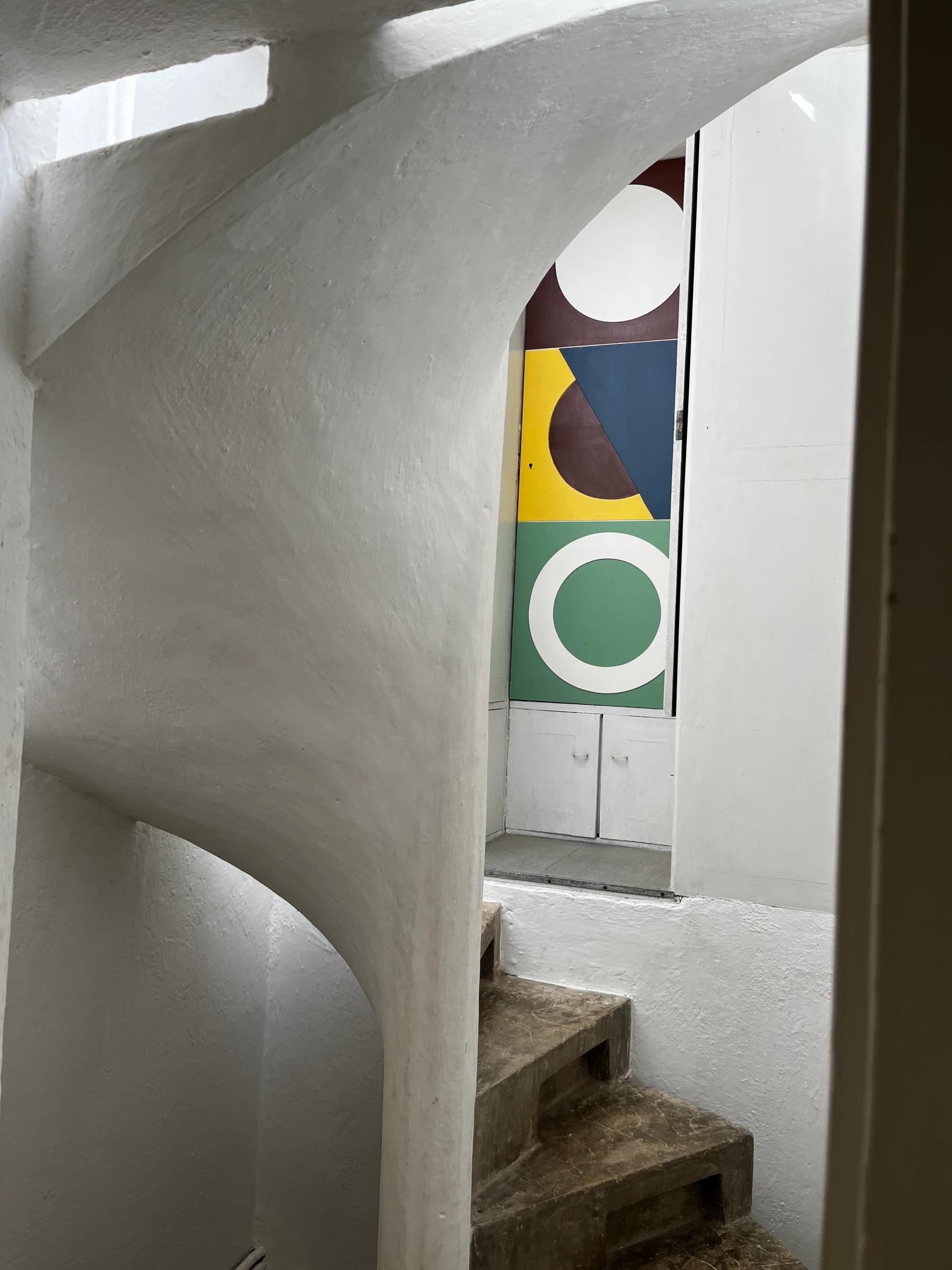
After Eileen Gray left the villa in 1932, Le Corbusier spent a few weeks there in 1937. In April 1938, encouraged by Jean Badovici, he painted two murals in the villa, and returned the following year to paint another five. These are beautifully restored and kept alive by the team at Cap Moderne.
After our wander through E-1027, we walked a few steps up into 'Etoile de Mer' and Corbusier's Le Cabanon. Connected by a small boat-like door, Corbusier's cabin provided great inspiration with its lowered roof for storage, eliminating the need for cupboards in the space's small footprint. While Etoile de Mer, created with his fisherman friend, served as Corbusier's communal kitchen and bar. Both offered a view across the sea, waters that Corbusier would swim each day, eventually taking his life.

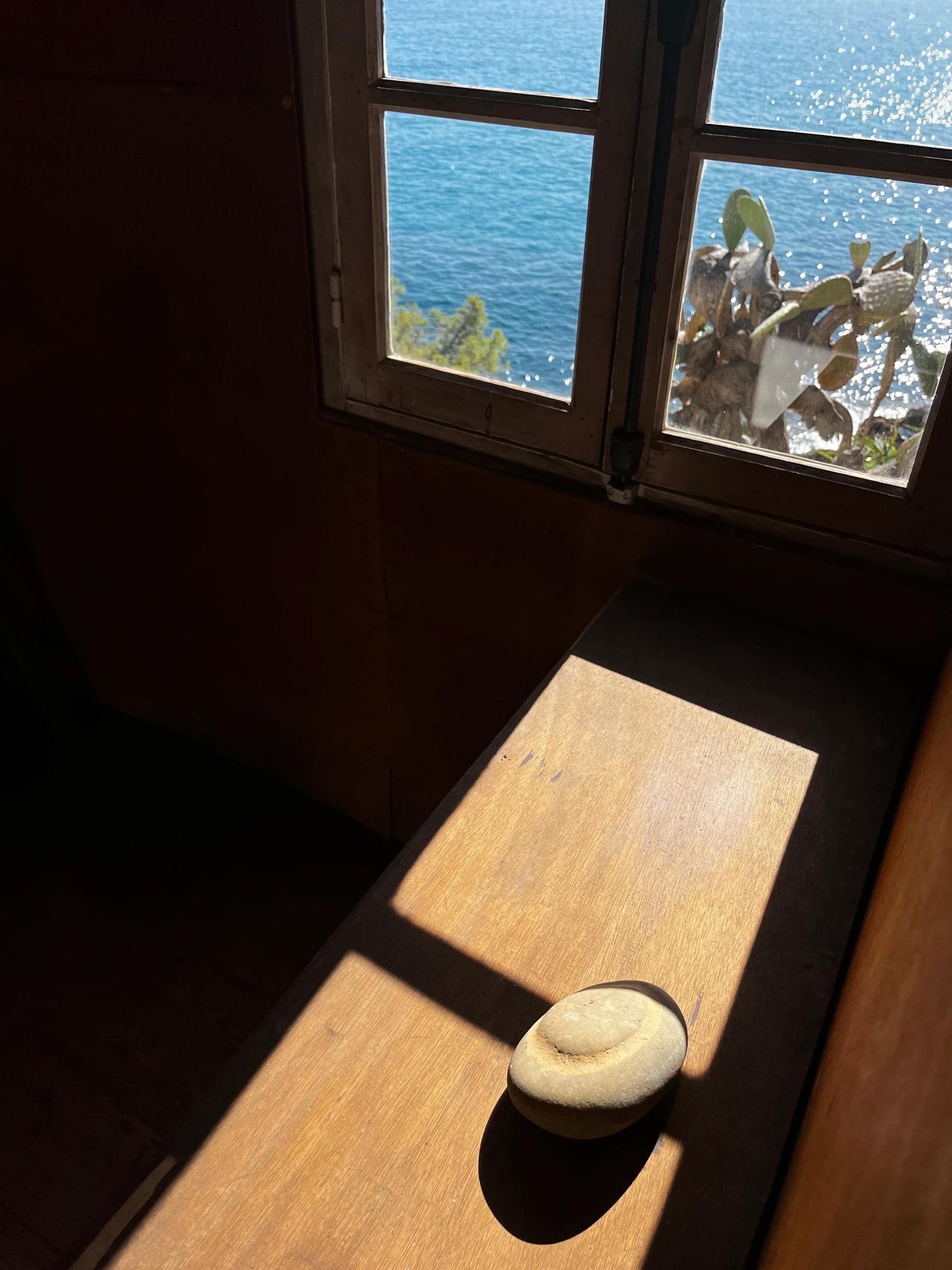
The visit left us with a refreshed view on how to best spend one's days. That spirited design, and our homes, can guide the way in which we live, and daily interactions with good design elements are valuable to our wellbeing.

If you'd like to read more, see our South of France Guide on our journal.